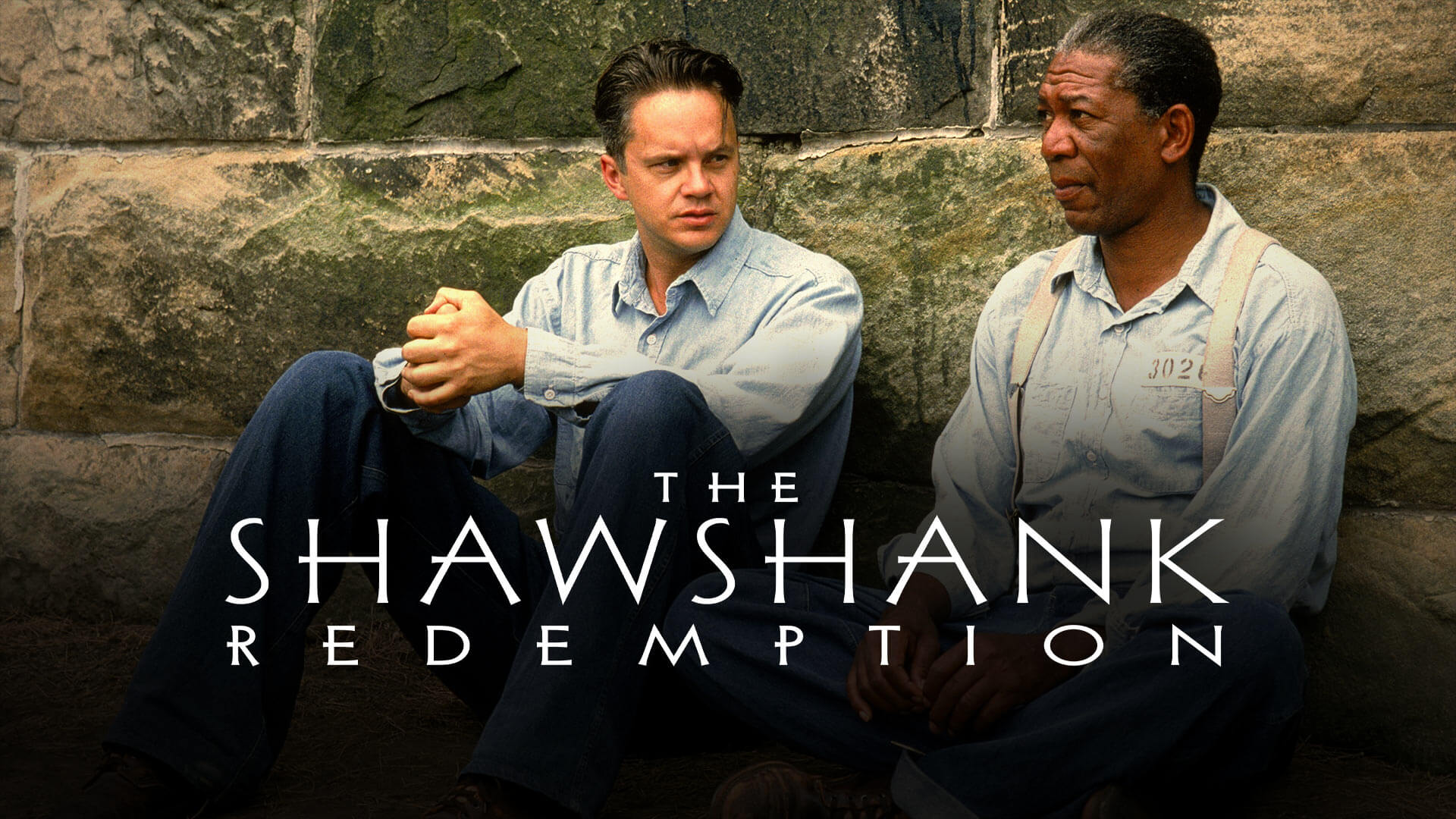The power of a story teller:
Narration for tv and documentaries
When your story needs a voice
I have always been an enthusiastic learner and lover of knowledge. While growing up, my mom ensured we always had a subscription to National Geographic Magazine and I was always excited to watch anything narrated by David Attenborough (I still am!). Whether educational, inspirational, or reality, I love telling stories.
Narration voice over encompasses a wide array of applications. It can be found in documentaries, TV shows, web videos, store announcements, conferences, apps, podcasts, and much more. For many voice actors, a significant portion of their work, roughly 60-90%, comes from narrations.
Narration involves conveying a message or story through recorded voice, often without a primary aim of direct sales. It can be instructive, entertaining, explanatory, or simply tell a story. The hallmark of great voiceover narration lies in the ability of the artist to effectively communicate the script’s message and engage the listener, transcending the competition for their attention.
The 6 styles of documentaries
In 1991, Bill Nichols, the American film critic and theoretician, introduced the concept of six distinct modes of documentary filmmaking, each characterized by its unique attributes. While some documentaries may exhibit elements from more than one mode, they can be broadly categorized into these six types. Let’s delve into the 6 types of documentaries:
Poetic Mode: Crafting Visual Narratives
Poetic documentaries emphasize mood, tone, and visually striking imagery over traditional narratives. Cinematographers focus on capturing beautifully composed shots to convey powerful stories without extensive verbal context. Leni Riefenstahl’s “Olympia” (1938) is a prime example of this mode.
Expository Mode: Advocating a Point of View
Expository documentaries present a specific viewpoint through a voice-over narrative. Cinematographers gather supporting footage, including stock and archival material. “The Dust Bowl” (2012) by Ken Burns illustrates this approach with historical imagery.
Participatory Mode: Capturing Engagement
Participatory documentaries involve a filmmaker’s interaction with subjects. Cinematographers capture emotional interactions that support the filmmaker’s perspective. Michael Moore’s “Bowling for Columbine” (2001) combines participatory, observational, and performative elements.
Observational Mode: Unobtrusive Truth-Seeking
Observational documentaries aim to discover the truth by observing subjects without interruption. Cinematographers capture unguarded moments, as seen in “Primary” (1960).
Reflexive Mode: Exploring Filmmaker-Audience Relationship
Reflexive documentaries explore the relationship between the filmmaker and the audience. Cinematographers shoot behind-the-scenes footage to showcase the filmmaking process. Dziga Vertov’s “Man With a Movie Camera” (1929) exemplifies this mode.
Performative Mode: Personal Involvement for Broader Truths
Performative documentaries focus on the filmmaker’s personal connection with the subject to reveal larger truths. Cinematographers document the production process and intimate moments. “Supersize Me” (2004) by Morgan Spurlock examines personal health and fast-food politics through this approach.
What style narration do you need?
Narration style varies depending on the project’s requirements. Some call for a casual, conversational tone, while others demand authority, inspiration, drama, or clarity, tailored to fit the genre and context. While we may envision narration in grand terms, like Morgan Freeman’s iconic storytelling in “Shawshank Redemption,” professional voice actors often excel in smaller projects, delivering top-quality work that keeps viewers or listeners captivated.

As a well trained voice talent, I specialize in various narration genres, ensuring exceptional quality, swift delivery, and budget-friendly solutions. If you have a narration project in mind, consider me for your next venture or reach out for a quote or sample.
hear your script
Have a script and curious what I can bring to your project? Click the button below, submit your script and some details about the project, and I’ll send back a file so you can hear what it sounds like.